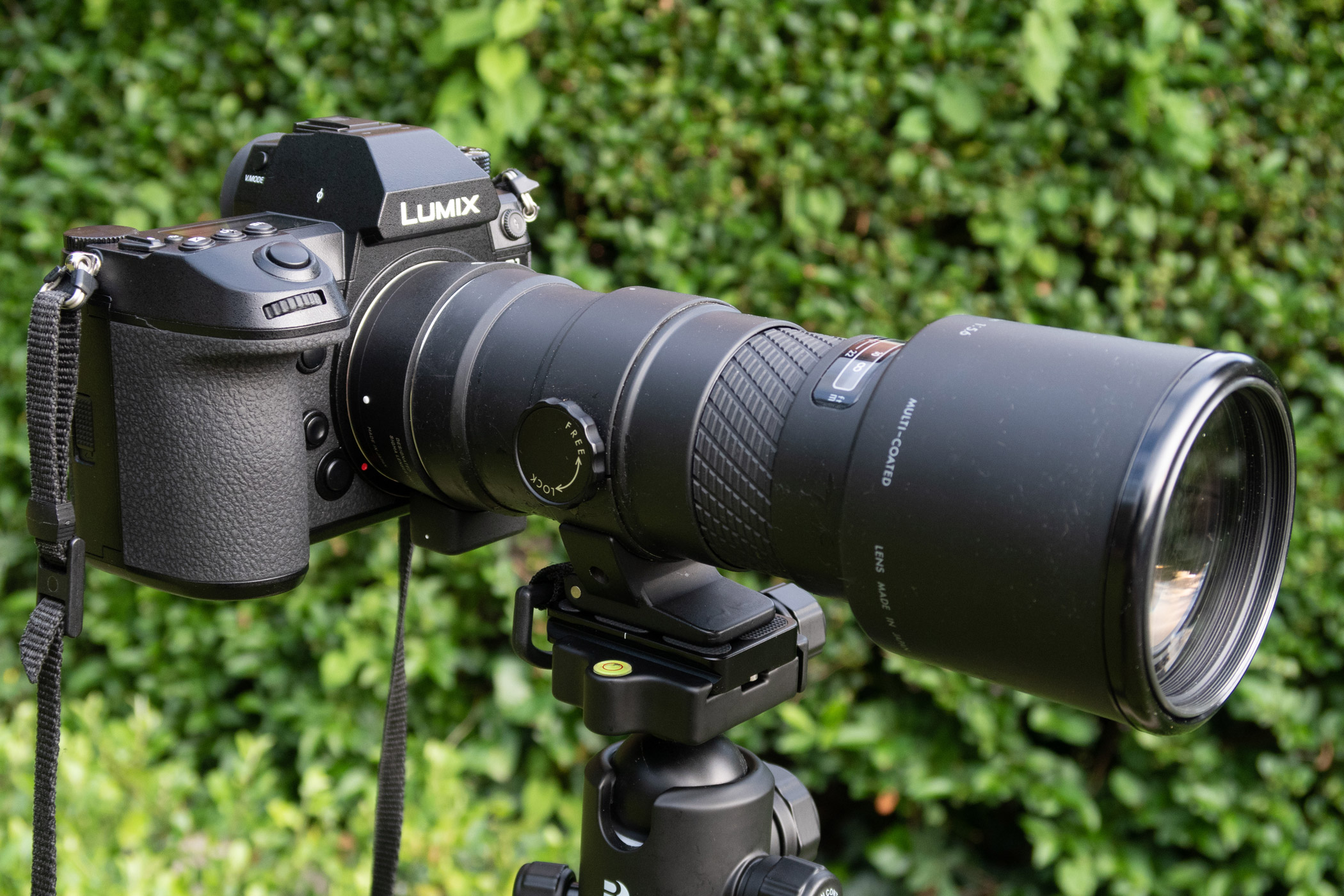At a glance:
- £249 for Canon EF version; £99 for Sigma SA version
- Lens mount converter
- Fits L-mount mirrorless bodies
- Fully electronic communication
In September 2018, Leica, Panasonic and Sigma formed the ‘L-Mount Alliance’, to produce cameras and lenses based on Leica’s existing full-frame mirrorless platform. But one problem with this nascent system is that there are no affordable native AF lenses, with the cheapest being the Panasonic 24-105mm f/4 at £1300. It goes without saying that this will put off some potential buyers.
Help is now at hand in the shape of the Sigma MC-21, a fully-electronic mount converter that allows L-mount camera owners to use Canon EF or Sigma SA SLR lenses. The two versions come at radically different prices: £249 for the EF-mount version tested here, but just £99 for SA. Sigma has to be applauded for recognising the loyalty of its SA mount users and easing their transition to mirrorless.
Outwardly, the device is deceptively simple. It has an L mount at one end for attaching to the camera body and an EF mount at the other, separated by a 24mm metal tube to place the lens the correct distance from the sensor. Arrays of gold-plated contacts transmit commands between the camera and the lens, and all the cleverness is hidden inside, with the instructions translated from Leica to Canon-ese by internal electronics.
Officially, the adapter is only fully compatible with Sigma’s ‘Global Vision’ lenses made since late 2012 – in other words, its Art, Sports or Contemporary line-ups. Some may need a firmware update to work correctly, which requires Sigma’s USB Dock (£39). In practice, though, almost any Canon EF-mount lens will physically fit and can be used to take photographs. However continuous AF is disabled, so it’s only suitable for static subjects, and electronic first-curtain shutter mode is also unavailable.
Key features:
- A status LED on the side should light up green with a compatible lens, orange if a firmware update is needed, or red if the lens is incompatible. But it doesn’t always work.
- There’s a built-in tripod socket with a standard 1/4in thread, which allows better balance on a tripod when using larger lenses, along with reduced strain on the camera’s mount.
- A large sliding lens release switch on the side is used for changing lenses
- An anti-reflective felt lining inside the adapter, along with matte-black paint on either face, minimises the risk of flare from internal reflections
Read our review of the Panasonic Lumix S1
Sigma MC-21 Mount Converter Canon EF-L: Verdict
I tested the MC-21 on the Panasonic Lumix S1, using a range of lenses of various vintages right back to 1986. With the MC-21 adapter, the camera clearly only uses contrast detection for autofocus, so it’s noticeably slower compared to using a native lens.
However, all my Canon and Sigma lenses worked correctly in terms of electronic aperture control and passing the focal length to the camera’s IS system, including an old Sigma 400mm f/5.6 that gives aperture-operation errors on Canon EOS DSLRs.
The main catch is autofocus; lenses with ultrasonic-type motors usually work acceptably well, but those with micromotors are painfully slow and inaccurate, and better used with manual focus. But if you can live with its limitations, the Sigma MC-21 makes the L-mount system look much more appealing, especially for existing EOS users.












